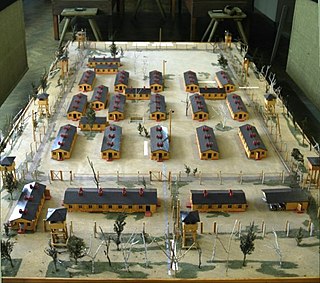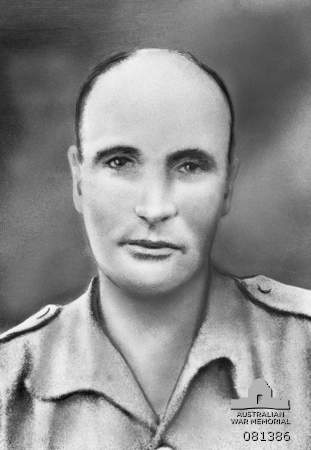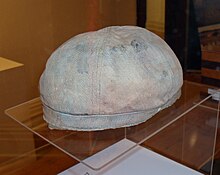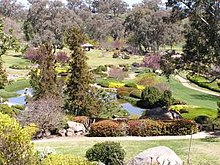
A prisoner of war (POW) is a person who is held captive by a belligerent power during or immediately after an armed conflict. The earliest recorded usage of the phrase "prisoner of war" dates back to 1610.

Cowra is a small town in the Central West region of New South Wales, Australia. It is the largest population centre and the council seat for the Cowra Shire, with a population of 9,863.

A prisoner-of-war camp is a site for the containment of enemy fighters captured as prisoners of war by a belligerent power in time of war.

Stalag Luft III was a Luftwaffe-run prisoner-of-war (POW) camp during the Second World War, which held captured Western Allied air force personnel.

Stalag XX-A was a German World War II prisoner-of-war camp located in Toruń in German-occupied Poland. It was not a single camp and contained as many as 20,000 men at its peak. The main camp was located in seven forts of the 19th-century Toruń Fortress, located in the southern part of the city.
Hugh Vincent Clarke was an Australian soldier, public servant and author, specialising in military history.

Featherston prisoner of war camp was a camp for captured Japanese soldiers during World War II at Featherston, New Zealand, notorious for a 1943 incident in which 48 Japanese and one New Zealander were killed. The camp had been established during World War I as a military training camp and had also been used as an internment camp from 1918 to 1920, when 14 German internees remained there.

The Selarang Barracks incident, also known as the Barrack Square incident or the Selarang Square Squeeze, was a revolt of British and Australian prisoners-of-war (POWs) interned in a Japanese camp in Changi, Singapore.

Benjamin Gower Hardy, GC, known as Ben Hardy, was an Australian soldier who was posthumously awarded the George Cross for the gallantry he showed during the Cowra breakout, on 5 August 1944, when Japanese prisoners of war staged a mass escape from a prisoner-of-war camp at Cowra, New South Wales.

Ralph Jones, GC was an English-born Australian soldier who was posthumously awarded the George Cross for the gallantry he showed when Japanese prisoners of war staged an escape attempt on 5 August 1944 in Cowra, New South Wales.

During World War II, it was estimated that between 35,000 and 50,000 members of the Imperial Japanese Armed Forces surrendered to Allied servicemembers prior to the end of World War II in Asia in August 1945. Also, Soviet troops seized and imprisoned more than half a million Japanese troops and civilians in China and other places. The number of Japanese soldiers, sailors, marines, and airmen who surrendered was limited by the Japanese military indoctrinating its personnel to fight to the death, Allied combat personnel often being unwilling to take prisoners, and many Japanese soldiers believing that those who surrendered would be killed by their captors.

Petty Officer Hajime Toyoshima was a Japanese airman in World War II. His A6M Zero was the first of that type to be recovered relatively intact on Allied territory when he crash landed on Melville Island, Northern Territory, Australia.

The Stalag Luft III murders were war crimes perpetrated by members of the Gestapo following the "Great Escape" of Allied prisoners of war from the German Air Force prison camp known as Stalag Luft III on March 25, 1944. Of the 76 successful escapees, 73 were recaptured, most within several days of the breakout, 50 of whom were executed on the personal orders of Adolf Hitler. These executions were conducted within a short period following recapture.

The Palawan massacre occurred on 14 December 1944, during World War II, near the city of Puerto Princesa in the Philippine province of Palawan. Allied soldiers, imprisoned near the city, were killed by Imperial Japanese soldiers. Only eleven men managed to survive.

The Cowra Breakout is a 1984 Australian mini series based on the Cowra breakout, focusing on the friendship between an Australian soldier and Japanese prisoner.

Cowra Prisoner of War Camp Site is a heritage-listed former prisoner-of-war camp at Evans Street, Cowra, Cowra Shire, New South Wales, Australia. The camp was built from 1941 to 1944. It was the location of the infamous Cowra breakout in 1944. The property is owned by the Cowra Shire Council. It was added to the New South Wales State Heritage Register on 2 April 1999.
Italian prisoners of war in Australia were Italian soldiers captured by the British and Allied Forces in World War II and taken to Australia.


















